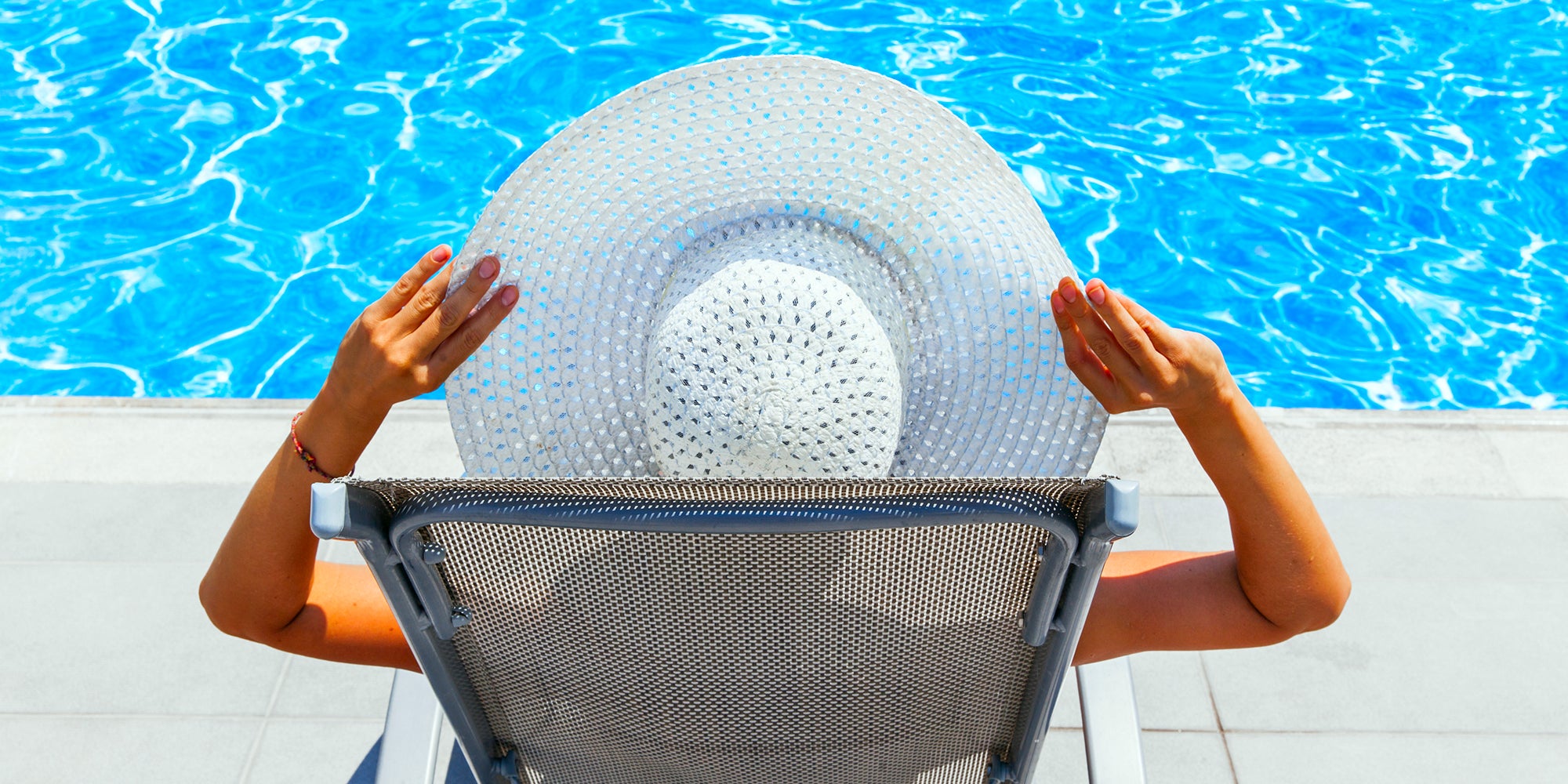How to reduce your risks of skin cancer this summer
June 17, 2021
It’s summer in the Central Valley, which means more time spent outside by the pool, your local parks or trips to the beach to soak up every possible moment of relaxation. While your mental worries may fade, with extended sun exposure, you may have something new to worry about – skin cancer. In America, one in five people will develop skin cancer, making it the most common type of cancer in the country.
In the summer months, your skin gets more exposure than you may realize, which is why it’s important to be aware of how long you spend in the sun. Avoiding overexposure to UV light (the light rays produced by the sun) is the simplest form of prevention. Here are a few ways to protect your skin from the sun’s harmful rays:
- Wear sunscreen. The UV rays of the sun are what damage skin. Whether it’s sunny or overcast, it’s important to protect your skin from these UV rays. One way to do this is by wearing sunscreen. Make sure the label says “broad spectrum,” which means it helps protect against both UVA and UVB rays. And stick to an SPF of 30 or higher for maximum protection. Apply sunscreen liberally and reapply after you’ve been swimming or if you’ve been sweating.
- Wear a hat. Wearing a hat with at least a 2-inch or 3-inch brim keeps the sun off your face and it shades your eyes, too. Also consider covering the rest of your body with protective clothing. Longer sleeves or SPF clothing provides consistent coverage and won’t wear off like sunscreen eventually will.
- Wear sunglasses. Ward off the sun’s glare all year long to protect your eyes and the delicate skin around them by wearing sunglasses. Invest in the good kind that block UV rays. Sunglasses with oversized frames are best at protecting the skin around the eyes.
- Don’t sunbathe. Deliberately exposing yourself to the sun for an extended period of time is never a good idea, even if you’re wearing sunscreen. You’ll be much happier (and cooler) if you stay in the shade, under a tree or beach umbrella. Keep in mind, though, that some of the sun’s UV rays still get through even when you’re in the shade, so don’t skip the sunscreen.
- Avoid the sun between 10 a.m. and 4 p.m. That’s when the sun’s rays are the strongest. Even if you’re just running errands, try to stay out of the sun during these peak hours as much as possible.
- Skip the tanning bed and sun lamp. Some think a “bronze glow” is desirable, but it’s just not worth the risk. According to the American Academy of Dermatology, just one indoor tanning bed session in your lifetime can increase your chance of developing skin cancer by a whopping 20%. If that sun-kissed glow is really important to you, use a self-tanning body lotion.
- Protect against other types of burns, too. It’s not just the sun that can damage your skin. You should also take steps to protect yourself from accidental burns, too. If your car is parked in a sunny spot, cover the car seat and steering wheel so they stay cooler to the touch. Wear flip-flops when crossing the hot sand at the beach or when walking around the pool’s edge. Stay away from hot BBQ grills and use sturdy oven mitts to open the grill and while flipping the food.
- Check your skin often. Perform self-exams every month or so. If you notice new spots, changes to existing spots or anything else that looks suspicious, tell your doctor. You should also see a dermatologist yearly for a full skin exam.
- Have your doctor perform a skin examination at your annual physicals. Making a skin examination a part of your regular health care maintenance is a simple and effective way for your provider to catch early signs of skin cancer before it becomes a serious threat to your health. Don’t have a primary care physician? Make an appointment with one of our Saint Agnes Care providers to keep your health in check.
